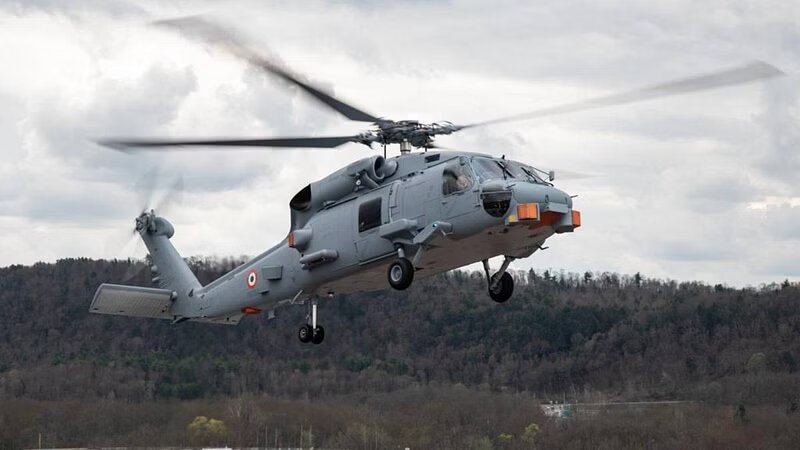In the last five years, India bought nearly $24 billion worth of military equipment from the US, Russia, France, Israel, Spain, and other countries. There were helicopters, radars for planes, rockets, guns, assault rifles, missiles, and ammunition among the military equipment.
Ajay Bhatt, the junior defence minister, told Lok Sabha on Friday that India has signed 264 contracts to buy military equipment since 2017-2018. Of these, 88 were with foreign vendors, which made up 36% of the total value.
In 2017-18, Rs 30,677 crore was spent on goods from foreign vendors. In 2018-19, it was Rs 38,116 crore, in 2019-20, Rs 40,330 crore, in 2020-21, Rs 43,916 crore, and in 2021-22, Rs 40,840 crore. This list does not include the Rs 59,000 crore deal with France for 36 Rafale fighters, which was signed in September 2016.
Bhatt said, “The Defense Acquisition Procedure-2020, with its focus on ‘Atmanirbhar Bharat’ and ‘Make in India,’ put in place major policy initiatives to improve India’s defence capabilities and lessen its reliance on imports.”
“Further, DAP-2020 gives the highest priority to the “Buy Indian” category of acquisitions, and “Buy Global” is only allowed in special cases, with the approval of the Defense Acquisitions Council or the defence minister,” he said.
He also said that the DRDO is working on 55 “mission mode” projects with a total cost of Rs 73,943 crore that has already been approved.
These projects are in the areas of nuclear defence technologies, air-independent propulsion for submarines, combat suites, torpedoes, fighter aircraft, cruise missiles, unmanned aerial vehicles, gas turbine engine, assault rifles, warheads, light machine guns, rockets, advanced towed artillery gun systems, infantry combat vehicles, surface-to-air missiles, anti-ship missiles, anti-airfield weapons, and glide bombs.
India still spends more on its military than Russia and the UK, but it is far behind China, which spends four times as much and the US, which spends ten times as much. India is the world’s largest importer of weapons, making up 11% of all global imports.
The government has taken steps to get India out of this strategically dangerous position. Still, we have a long way to go. The DRDO, defence public sector undertakings (PSUs), and ordnance factories need to do a much better job at a lower cost, and the private sector in India needs to play a much bigger role, with global majors setting up production facilities in India.
